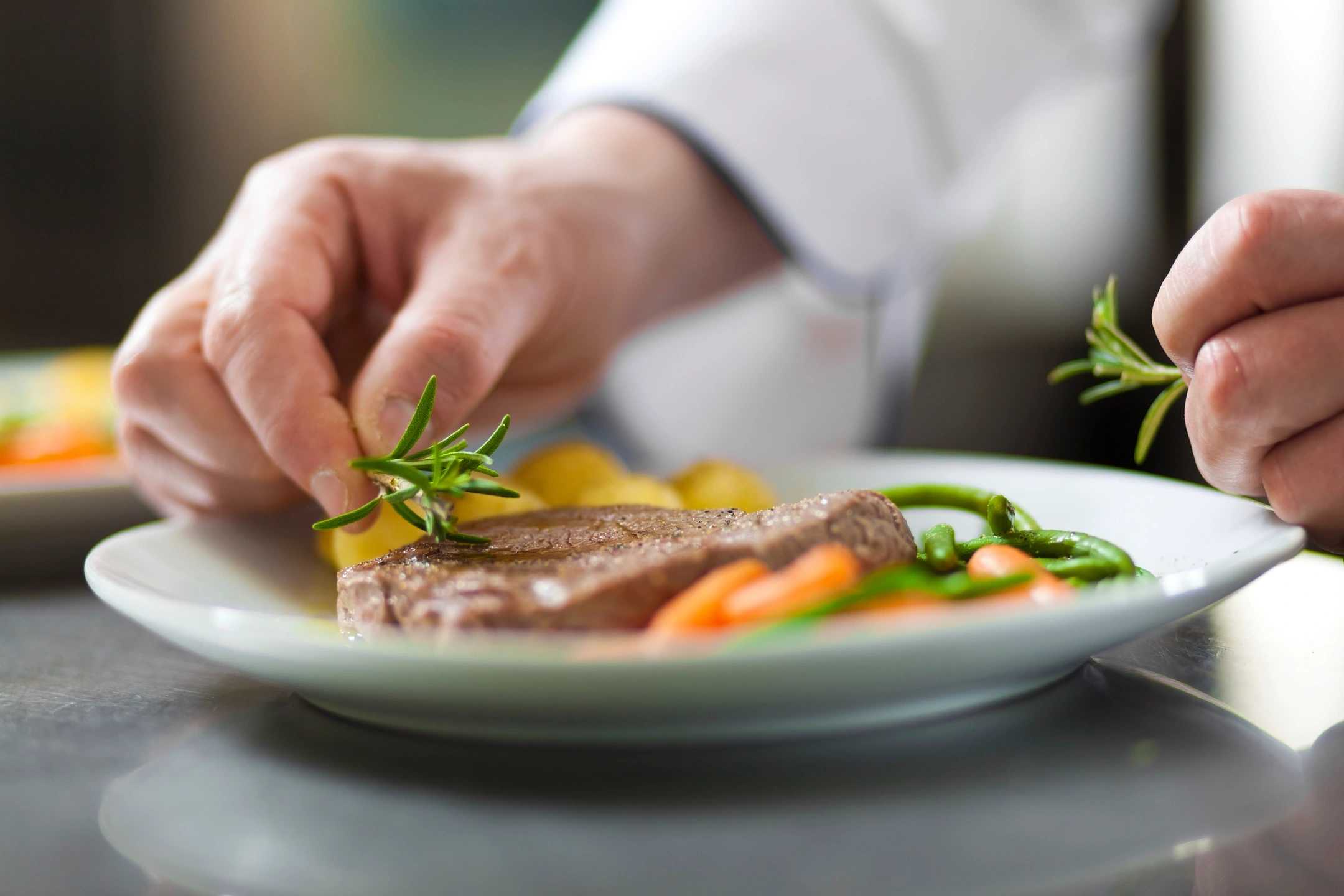[ad_1]
Indian baskets come from a long and interesting history of native lifestyle. I like using these hand-made baskets to bring Native style to my home. It is incredible when you begin studying the history of Indian basket making and find that the need for baskets actually started centuries ago and is one of the oldest art forms known in Indian history.
Indian baskets, made by Tribes like the Pueblo, Apache, Navajo and Tarahumara are well-known for their detailed, hand-crafted designs and intricate styles. As you learn about basket making, you will find that in the majority of Native American Tribes, women are given the task of basket making and are taught as young girls from their mothers.
Baskets are used for many things in the daily lives of the Native Indians and allow the people to make a living. As you will see, Indian baskets not only look great as pieces of rustic decor, but they are also very practical. At first, baskets were designed by the Indians as a way to protect fragile or perishable items like food, clothing, animal hides, blankets and even water.
Hundreds of years ago, Tribes moved regularly and had to design ways to protect their belongings while still being able to carry them quickly. Unlike clay pottery, baskets were strong and would not break. Today, Tribes still use baskets in their houses and dwellings to keep their items clean and organized.
They also serve as a means of income for many Indian families, and play a vital role in Native events and rituals, such as wedding ceremonies, and in rights of passage ceremonies. There are different kinds of Native American baskets and each Tribe has their own variations. Southwestern, Native baskets are some of the most well-known in the world and are regarded as a true form of art.
The way these baskets are made is truly extraordinary and is very remarkable to watch. There are generally two types of woven baskets made by this Tribe, yucca or sotol as it is also called, and pine needle baskets. Baskets made of Yucca are very popular and come in different patterns and sizes. Pine baskets are more popular in the mountains where pine trees grow, but are smaller than the yucca baskets and are more fragile.
There are different kinds of weaving designs Indian Tribes use when making baskets that differ between Tribes. The guari type, the most popular weave among the Tarahumara in the Sierra Madre region of Northern Mexico, is curved at the top, somewhat square, and consists of four well-defined corners at the bottom.
The petaca is another type of weave used traditionally in the canyon regions, and is curved and often double woven. Sometimes the leaves are run back and forth on a rough stone to smooth the sharp edges before the basket is made.
Native baskets come in various styles, designs and colors based on the Tribe and the region where it is made. Even if you don’t have the opportunity to see basket weaving first-hand and choose an Indian basket of your own, you can still have a piece of this Native American form of art.
[ad_2]
Source by Craig Chambers
